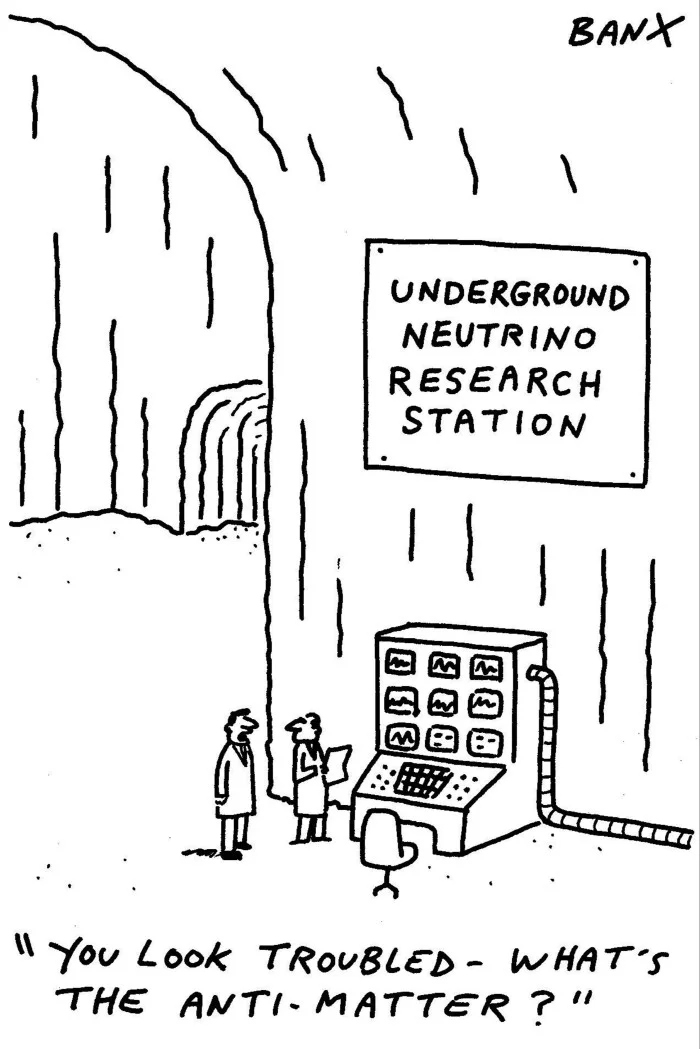
Cosmic Quest: US and Japan Race to Unlock Universe’s Secrets with Neutrino Detectors
The universe holds many mysteries, and two international teams of scientists are in a fierce race to unravel one of the biggest: why does our Universe exist? Utilizing cutting-edge neutrino detector technology, researchers in the US and Japan are pushing the boundaries of physics in a quest to understand the fundamental asymmetry between matter and antimatter. This groundbreaking research could revolutionize our understanding of the cosmos and our place within it.
Deep within the Sanford Underground Research Facility (SURF) in South Dakota, the Deep Underground Neutrino Experiment (DUNE) is taking shape. Described as “cathedrals to science” by Dr. Jaret Heise, these massive underground caverns will house sensitive equipment designed to detect subtle changes in sub-atomic particles called neutrinos. 
The experiment involves firing beams of neutrinos and anti-neutrinos from Fermi National Accelerator Laboratory in Illinois to the detectors in South Dakota, a distance of 800 miles. Scientists will then observe how these particles change during their journey. According to the current understanding, during the Big Bang, equal amounts of matter and antimatter should have been created, ultimately cancelling each other out. However, the universe is composed primarily of matter. DUNE seeks to identify if neutrinos and anti-neutrinos behave differently, which could explain why matter prevailed.
Meanwhile, half a world away, Japanese scientists are constructing Hyper-Kamiokande (Hyper-K), a larger and more advanced version of their existing Super-Kamiokande neutrino detector. 
The sheer scale of DUNE is breathtaking. Crews are currently outfitting the massive underground caverns with the necessary infrastructure, including cryostats designed to hold 17,000 tons of liquid argon. These cryostats, constructed from 12 million pounds of steel, will maintain the extremely low temperatures required for neutrino detection.
The construction and outfitting process is a logistical challenge of immense proportions. The massive steel components are shipped from Europe to Rapid City, South Dakota, and then transported underground to the SURF facility. A dedicated team oversees the entire process, ensuring that each component is precisely placed within the cavern.
While a friendly rivalry exists between the US and Japanese teams, both collaborations recognize that running both experiments concurrently has exponential benefits beyond a single outcome. According to current theories on the origin of our universe, the universe we observe shouldn’t even exist. Dr Linda Cremonesi explains that Hyper-K may not fulfill all of the criteria required to understand how neutrinos and anti-neutrinos behave. In short, scientists will ultimately benefit from a more complete picture via collaboration and competition between various neutrino physics programs.
The race is on to uncover the secrets of the universe, delving into the infinitesimally small to comprehend the infinitely large. What profound discoveries await us as we venture deeper into the realm of neutrino physics? Share your thoughts and predictions in the comments below!